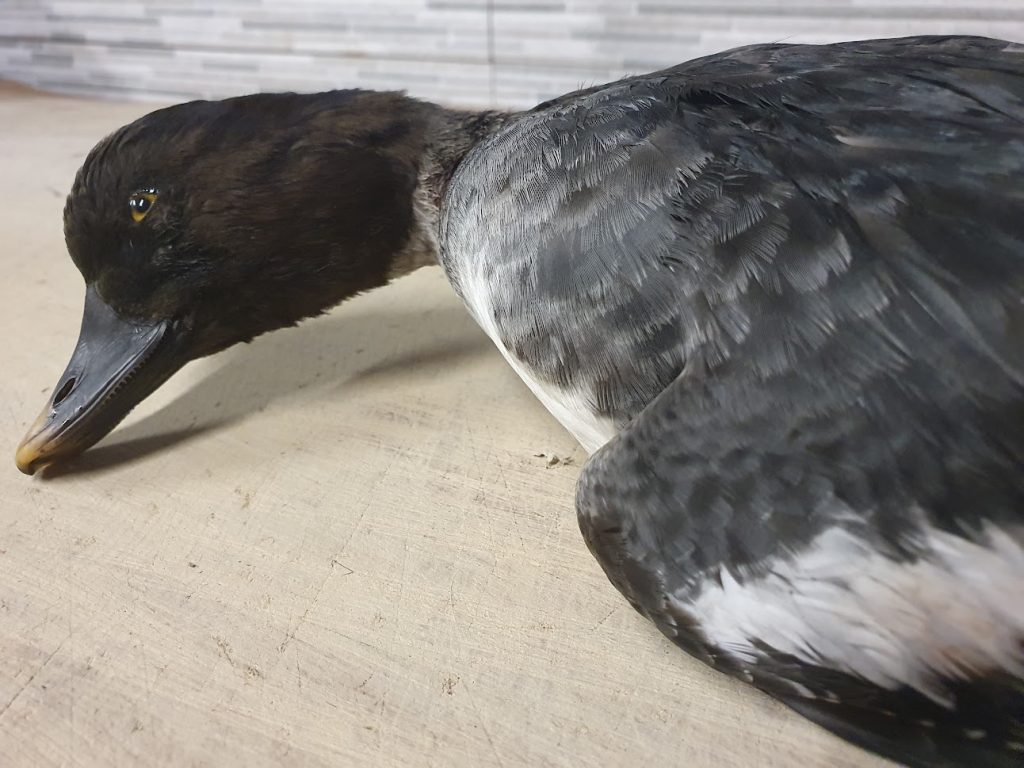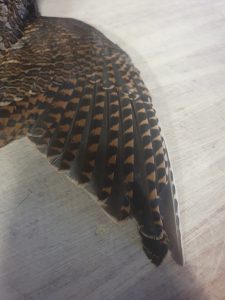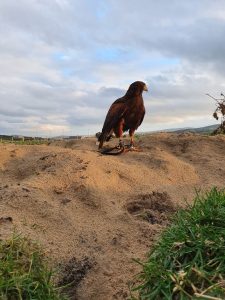Irish Extra December 2022

Where has the year gone? I say it each and every year but when I receive the final publication for the year, I take them all put and elastic band around them and place them in the loft. Every year seems to go by quicker and quicker and once again we find ourselves right in the middle of the season that before we know will be over.
I recently changed my shot gun, after a mere 17 years of owning my previous one I chanced upon a 20 gauge one evening when I called with my local gun dealer. As strange as it sounds the 20-gauge calibre isn’t a hugely popular one in this area at all and it is rare for him to even have one in stock. I always felt my previous gun just wasn’t quite right and often preferred to shoot wit my .410 which I much preferred and I thought perhaps a 20 Bore might just be what I needed. I was quite correct and never has a gun fitted me so well as this. On the first day I took it out I managed three left and rights on a good duck spot along with two more singles and a brace of rabbits. It’s a lot easier to carry, mount and swing and just fits nicely, it looks like it will be another 17 years before I change again. Saturday past was a cold windy November morning and my daughter who has taken an interest in shooting was keen to go out for a rake about with the new gun and a couple of the dogs. We checked a few good duck spots and had no opportunities for a shot until several Teal broke on the river and I managed one followed by a species I have only saw in these parts perhaps twice but are quite common further down the country. The Goldeneye is a magnificent duck, I find both the male and the female (which I shot on Saturday) equally as pleasing to look at. There quite a stocky almost muscular duck and very rounded and that particular female was in fantastic condition. Rather stupidly we had only took a quick walk down the river for a look and had left “Poppy” my shooting Teckel behind and as it turned out we could have done with her to retrieve the bird which ended up stuck on the far side of the water – The last thing I would do is leave anything behind to waste so my boots, trousers and shirt had to come off and I went across the river and fetched up the bird much to the laughter of my daughter! Cold, very cold is the phrase that springs to mind, but I got the bird in the end and I am glad nobody spotted the Long Netter chest deep in the river at 9.30 on a Saturday morning wearing nothing but boxer shorts and a flat cap!
Research is key for Shooters

A scientific understanding of quarry species is something often overlooked but very essential. As shooters it is essential that research on birds such as woodcock, geese and ducks is carried so as there is not only a clearer understanding of these species as a whole including their numbers, habits and migratory traits but so as we have our own independently researched facts which we are correct, completely independent and reliable. The NARGC in Ireland have for some years now been carrying out various research into bird species including surveys and analysis with 2022 seeing research into hydrogen isotope ratios in Woodcock, an awfully scientific sounding piece of research but an essential one that will identify if a bird is resident or migratory. This coupled with the annual duck and goose gizzard survey which since 1990 has given a fascinating insight into lead ingested by harvested birds right across Ireland which makes interesting reading against claims made by opposition organisations and shows us how important this work is by the NARGC. You can assist in this excellent work by providing Gizzards or Woodcock wings or both, simply log onto the NARGC website for further details.
World Falconry Day

Unfortunately I had no feathered this year to step out with on World Falconry day – I wrote last year of how “Penny” my Sparrowhawk died suddenly in late October. It was a shame as we had been doing well and as difficult as her early manning and training was we got there in the end. Falconry, recognised by Unesco as a living Heritage & traditional sport is widely believed to have originated in in Central Asia and the Iranian Plateau and spread via cultural and trade links to other diverse regions including East Asia, North Africa, Europe, and later in the 16th century CE to much of the rest of the world. The earliest solid evidence for falconry, a pottery sherd depicting a bird of prey, comes from Tell Chuera site in modern day Syria, and dates from the third millennium BCE. Whilst the oldest rock art images of falconers are found in the Altai Mountain range which spans parts of Central and East Asia, dating from around 1000 BCE. By the early Middle Ages, falconry had spread considerably and is documented in many parts of the world, including in painted depictions on Chinese tombs from the Tang Period (618 – 907 CE).
The tradition became particularly popular along the Silk Roads amongst people living in the steppe regions of Central Asia. Indeed, the falcon was an important symbolic bird in ancient Mongolia. Along the Silk Roads, falconry, and in particular the practice of exchanging hunting birds as gifts was closely associated with diplomacy and cultural interactions between the various societies along these routes. Another of the ways in which the practice spread was via merchants who often carried knowledge of the practice, as well as the hunting birds themselves, back home with them after encountering falconry in parts of Central Asia and the Arabian Peninsula.
Today falconry remains integrated into communities as part of a social recreational practice and popular means of interacting with nature. Although it was originally predominantly a technique for acquiring food, the practice has evolved over time to become a traditional sport which has acquired many other values and a greater social significance. In particular it has become associated with camaraderie, sharing expressions of freedom, and a connection with nature. Furthermore, along the lengths of the Silk Roads, falconry has inspired a vast swathe of artistic creativity including books, manuscripts, poetry, paintings, and historical buildings. The falcon remains an important cultural symbol in many countries and is often used on postage stamps, coins and on coats of arms.
Until Next time…Merry Christmas & a Happy New Year!